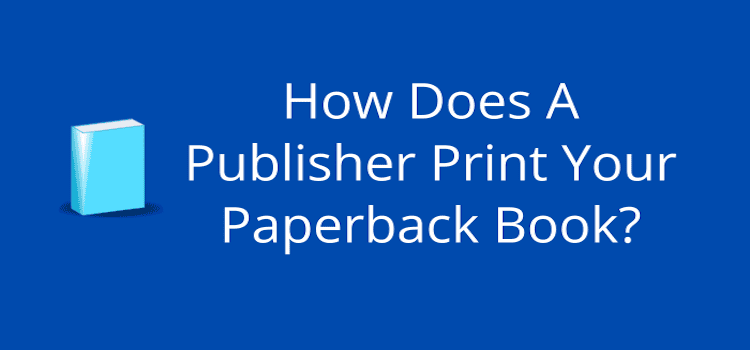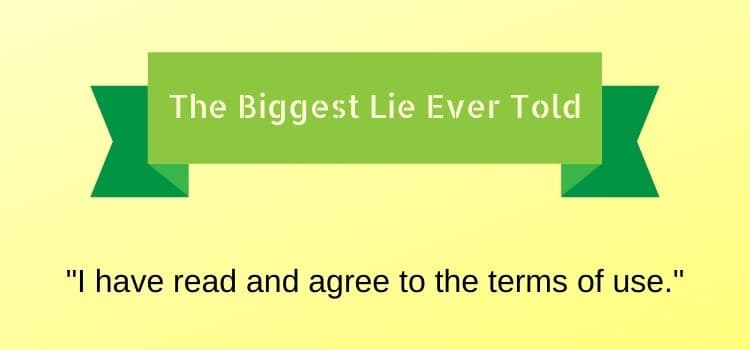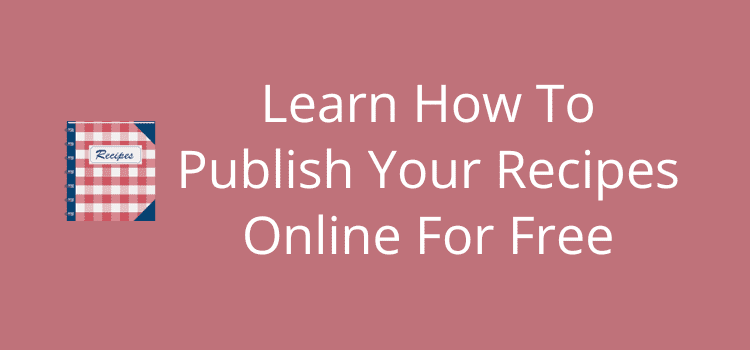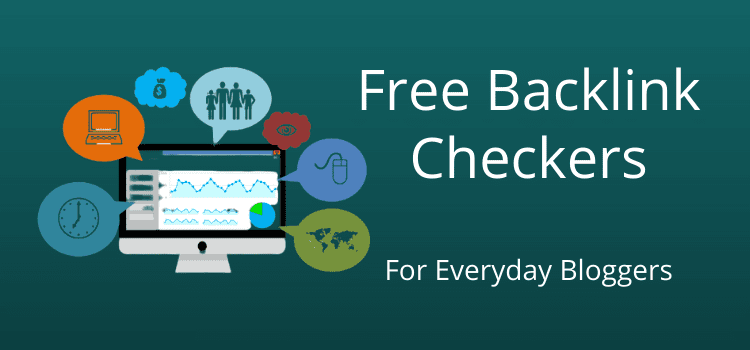
For new authors looking for a publisher, here’s one important question you should always ask. How will you print my paperback book?
The answer you receive will tell you a lot about how a prospective publisher operates.
The most likely answer is that the publisher will say they use print-on-demand (POD) rather than traditional offset printing.
But which POD service does the publisher use? The print quality can vary depending on the service provider.
The difference between offset printing and print-on-demand
The traditional method of printing books is offset printing because of the excellent print and paper grade quality.
However, it is only cost-effective when printing books in large quantities of, say, 5,000 or more.
Most traditional publishers use this method of book production, but it is a rarity for small publishers due to the high up-front cost of production.
Like self-publishers, many small press publishers use POD to print paperback books.
The advantages are that there are no up-front production costs, and books are typically printed only when a sale or order occurs. This is why it is called print-on-demand.
However, the production price per copy is generally higher than offset printing.
The other difference is that POD books are generally of lower quality in both paper grades and print quality.
On top of that, there are some quality differences between POD service providers.
Because of the options available to print your paperback book, new authors should always ask a prospective publisher how they print their books.
The answer will probably be POD, but with which POD supplier?
Not all POD is equal
There are several manufacturers of digital printing presses, including Xerox, Océ, Canon, Heidelberg, Konica Minolta, and Ricoh.
As with all printing presses, the output and print quality can vary depending on the specifications, size, and type of machine.
Quality can also depend on whether it uses inkjet and laser technology.
Yes, it’s similar technology to your home printer. But the print quality and speeds are much higher.
Digital POD presses have a resolution or DPI (dots per inch) of around 2400 DPI (sometimes higher) compared to around 300 DPI for a home printer.
You may know about a handful of online services offering print-on-demand for books, but many commercial printers offer a similar or better service.
It is a question you need to ask a potential publisher. Who will print my books?
Another factor is in the preparation of digital files.
If the book interior and cover files are prepared in low resolution, the result will reflect in the quality of the book.
To maximize the print quality, these files should be as close as possible to the resolution a digital press can produce.
However, a publisher needs the right software and tools to do this.
If you try to prepare a book cover file yourself, you will be lucky to achieve a resolution of 400 DPI, even if you know what you are doing.
So, your second question should be about how your interior and cover files will be produced and at what resolution.
Yes, it’s all quite technical, but these two questions are important because the answers you receive will tell you what quality you can expect for your new book.
What POD service providers will a publisher use?

Online print-on-demand services vary in the quality of print and binding.
A test by Reedsy of the most popular online POD services gave ratings from good to great.
Interestingly, one of the most well-known services, Amazon KDP, ranked the lowest for quality, while Blurb, which is not as well-known, was rated at the top as great.
If your potential publisher tells you they use Amazon, it may not be your best choice. I have received many messages and comments from authors who have been disappointed with Amazon POD.
For some, it was the poor quality of some copies, or the difficulty in resolving issues with the replacement of unsaleable copies, or slow delivery times for author copies.
Another reason to be wary of publishers who use Amazon KDP is that they are using the same platform that is available to self-publishers to publish a paperback for free.
To be perfectly honest, why would you pay a publisher a lot of money when you can use the same tools for free?
Add to this is that very few, if any, brick-and-mortar bookstores stock books on their shelves produced by Amazon KDP.
One reason is that many bookstores see Amazon as a competitor, and the other is that Amazon KDP does not allow wholesale returns.
However, some bookstores may stock high-quality print-on-demand books, but again, it depends on the option of book returns.
Always ask questions
There are many questions you need to ask a publisher before considering and agreeing to a publishing contract for your book.
A lot of problems that new authors face with publishers are because of the questions they didn’t ask and instead relied on assumptions or perceived or unrealistic expectations.
Publishing a book is always a risky endeavor, no matter how you do it. Very few books succeed and sell well. Most fail.
But if the print quality of a book is poor or even average, it certainly won’t help your chances.
That’s why asking how a publisher will print your paperback book is so important.
Don’t rely on your assumptions. Ask.
Summary
The technology for digital print-on-demand books has improved considerably in recent years.
While it is still not on par with the quality of offset printing, some digital presses offer print quality that is getting closer.
If you plan on using a publisher, you rightly expect that your book will be of a high standard.
But this can often be merely an assumption. That’s why asking a potential publisher how it will print your paperback book is so important.
Does it offer offset printing or only POD? If it’s the latter, what type of POD, or with which service provider?
You should also ask where you can see books produced by the publisher. It may be online, but you can still get some feel for the look and quality of a book.
A better option would be for a publisher to send you a copy. Some might agree.
Publishing a book involves a lot of work and is also a risk. No matter how you publish, there is no way to guarantee success.
However, asking plenty of questions and fully informing yourself before committing to a publisher is always a good start.
Related Reading: Check A Book Publisher Before You Suffer Regrets Later



